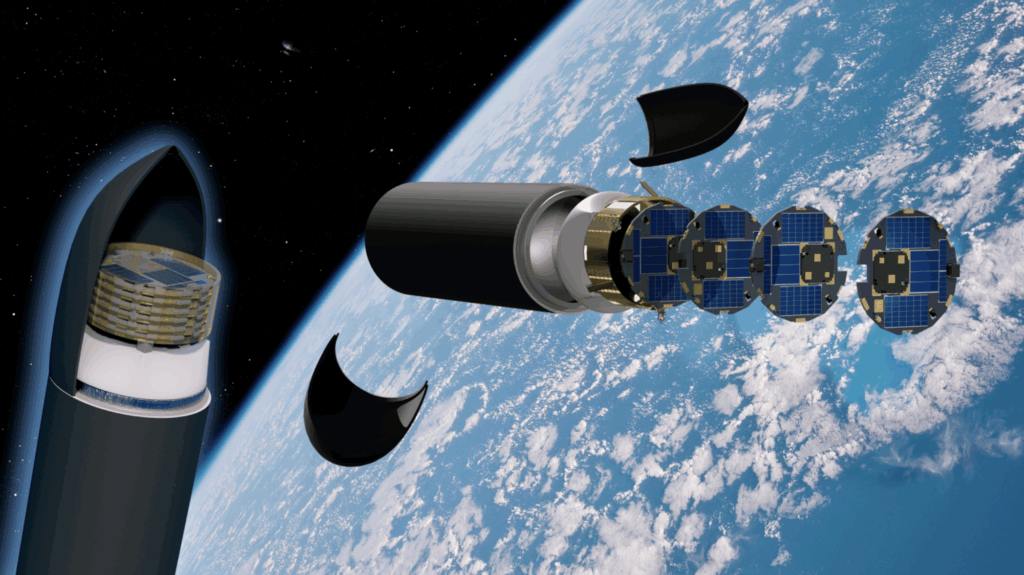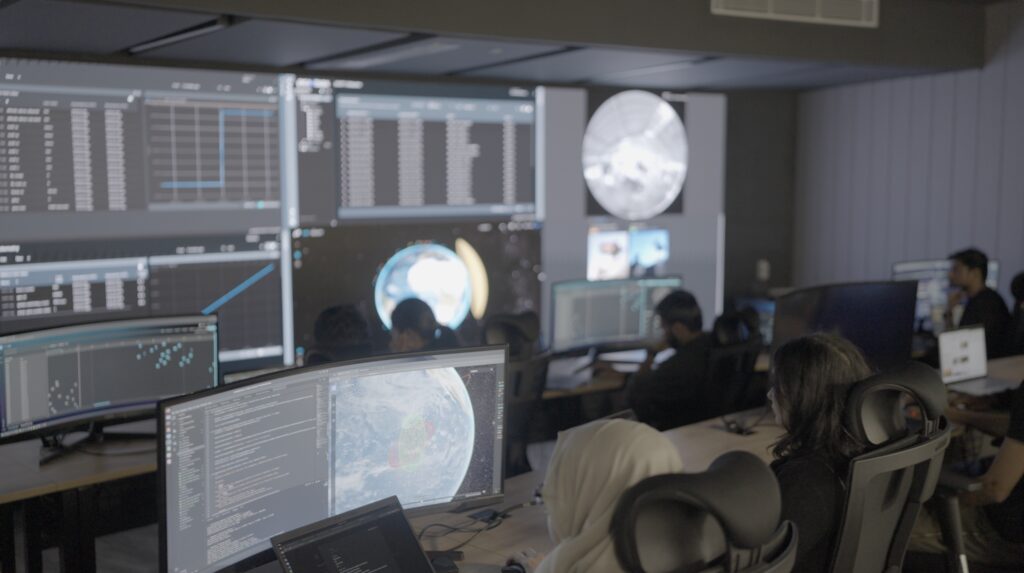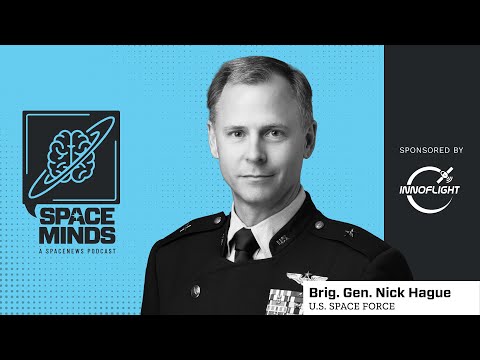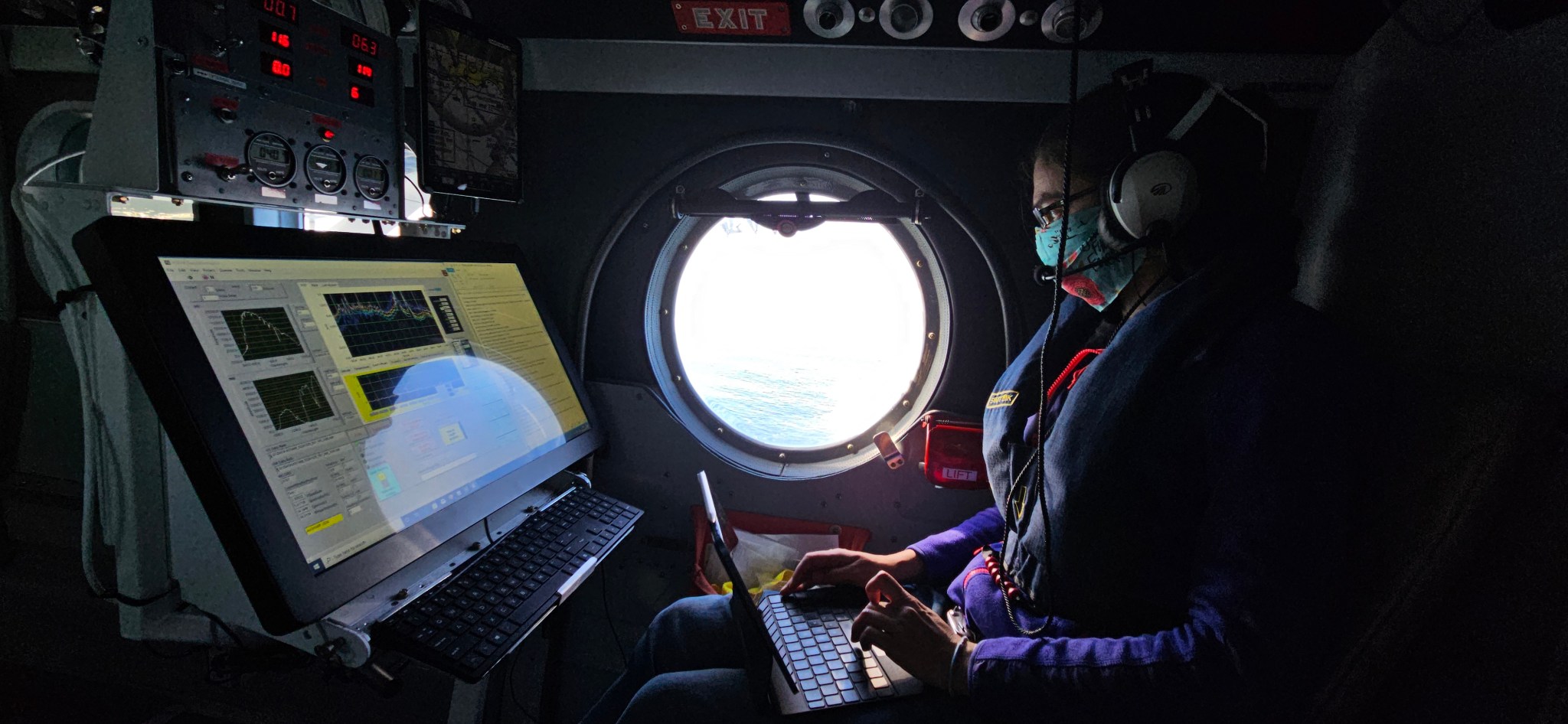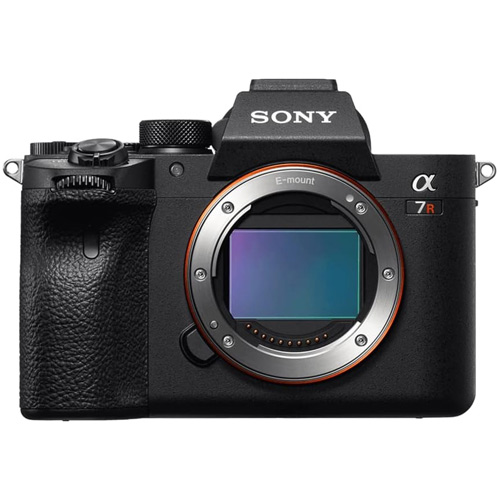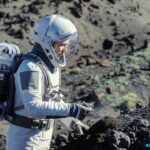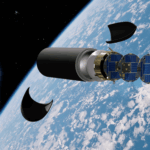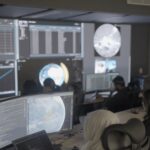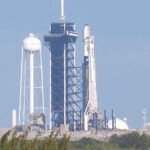Now Reading: Technology safeguards agreement enables Firefly launches from Sweden
-
01
Technology safeguards agreement enables Firefly launches from Sweden
Technology safeguards agreement enables Firefly launches from Sweden

WASHINGTON — An agreement between the United States and Sweden brings Firefly Aerospace one step closer to launching its Alpha rocket from a Swedish spaceport.
The two countries signed a technology safeguards agreement (TSA) at a June 20 ceremony at the Swedish Embassy in Washington. The TSA allows the export of American rockets to Sweden for launches there, putting in place measures to protect launch vehicle technology.
The TSA is one of a handful the United States has signed with countries, such as Australia and the United Kingdom, allowing for the export of commercial launch vehicles. Such vehicles are subject to stringent export controls because of the potential military applications of that technology.
The agreement is significant as it clears one barrier for launches of Firefly’s Alpha rocket from the Esrange Space Center in northern Sweden. Firefly announced an agreement with the Swedish Space Corporation (SSC) a year ago to launch Alpha from the spaceport starting as soon as 2026.
“This agreement enables us to move forward into the next important phase of the infrastructure establishment at the spaceport of our Esrange Space Center, allowing for this comprehensive launch service to soon enter the market,” said Ulrika Unell, president of the orbital launch and rocket test division of SSC, in a June 25 statement.
Some infrastructure is already in place at Esrange for Alpha launches, which will take place from Launch Complex 3C there. That includes a launch control center and tracking systems.
“Finalization of the TSA gets us one step closer to launching our Alpha rocket from Sweden and filling a void for the European satellite market,” said Adam Oakes, vice president of launch at Firefly, in a company statement. “This TSA agreement removes the regulatory barriers and provides customers with additional assurance that the U.S. and Sweden are committed to an orbital launch capability from Esrange.”
At a conference in January, Oakes said Firefly was interested in launching from Sweden, as well as Wallops Island in Virginia, to avoid a “traffic jam” at Vandenberg Space Force Base in California, which has hosted all six Alpha launches to date.
“Esrange has basically done everything for the science community in space except an orbital rocket,” he said of the site, which has hosted hundreds of sounding rocket launches. “It was the perfect partnership and the biggest softball of all the opportunities out there.”
At that time, he said Firefly was planning five Alpha launches in 2025, all from Vandenberg, with the first launch from Wallops in early 2026 and from Esrange in late 2026 or early 2027.
However, Firefly’s first Alpha launch of this year failed to reach orbit April 29 when the vehicle suffered an anomaly around the time of stage separation. The upper stage continued to ascend, but onboard video showed the nozzle of the stage’s single engine was missing. The missing nozzle reduced the performance of the engine enough to keep the stage from reaching orbit. The stage and its payload, a Lockheed Martin technology demonstration satellite, reentered over the south Pacific.
Firefly has not disclosed the cause of the failure or its plans to resume Alpha launches.
Stay Informed With the Latest & Most Important News
Previous Post
Next Post
-
 012024 in Review: Highlights from NASA in Silicon Valley
012024 in Review: Highlights from NASA in Silicon Valley -
 02Panasonic Leica Summilux DG 15mm f/1.7 ASPH review
02Panasonic Leica Summilux DG 15mm f/1.7 ASPH review -
 03From Polymerization-Enabled Folding and Assembly to Chemical Evolution: Key Processes for Emergence of Functional Polymers in the Origin of Life
03From Polymerization-Enabled Folding and Assembly to Chemical Evolution: Key Processes for Emergence of Functional Polymers in the Origin of Life -
 04How New NASA, India Earth Satellite NISAR Will See Earth
04How New NASA, India Earth Satellite NISAR Will See Earth -
 05And Thus Begins A New Year For Life On Earth
05And Thus Begins A New Year For Life On Earth -
 06Astronomy Activation Ambassadors: A New Era
06Astronomy Activation Ambassadors: A New Era -
07SpaceX launch surge helps set new global launch record in 2024












